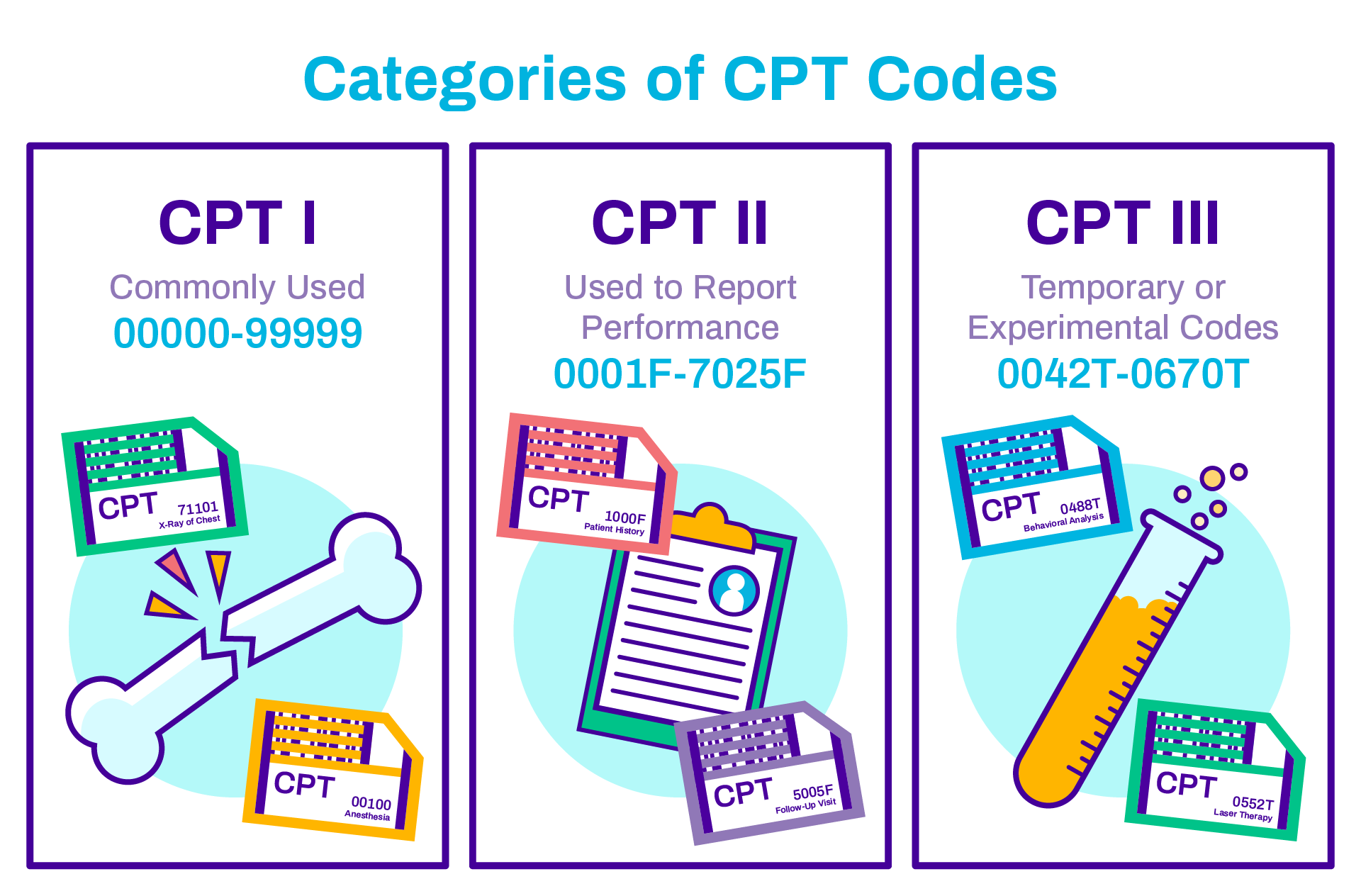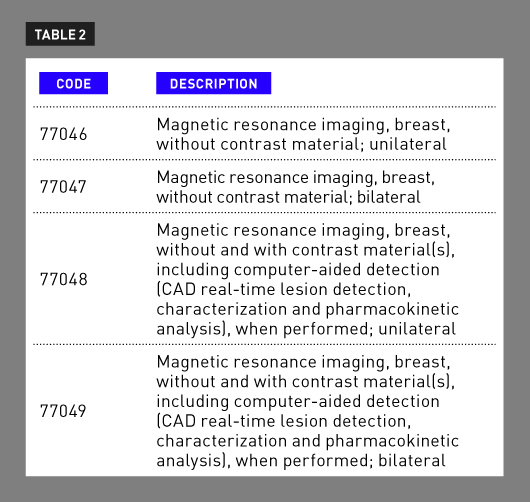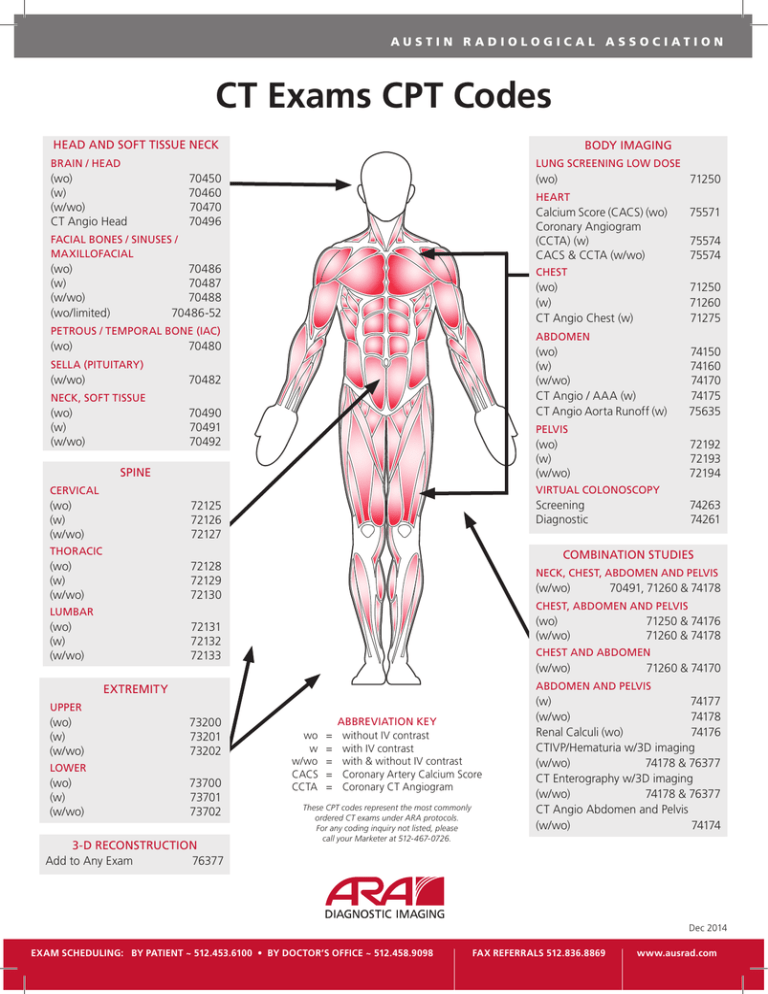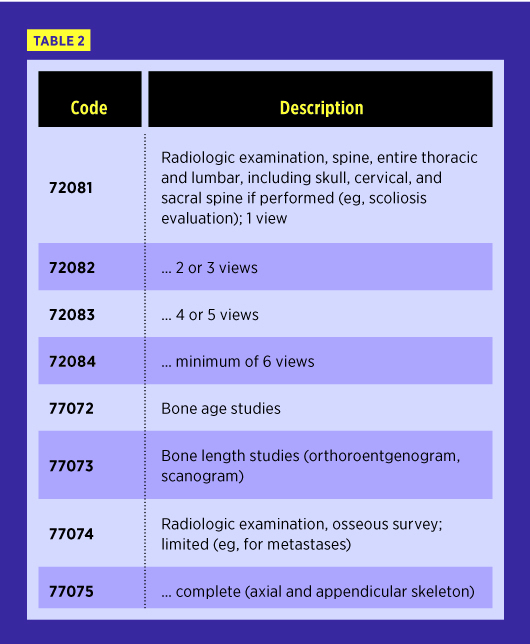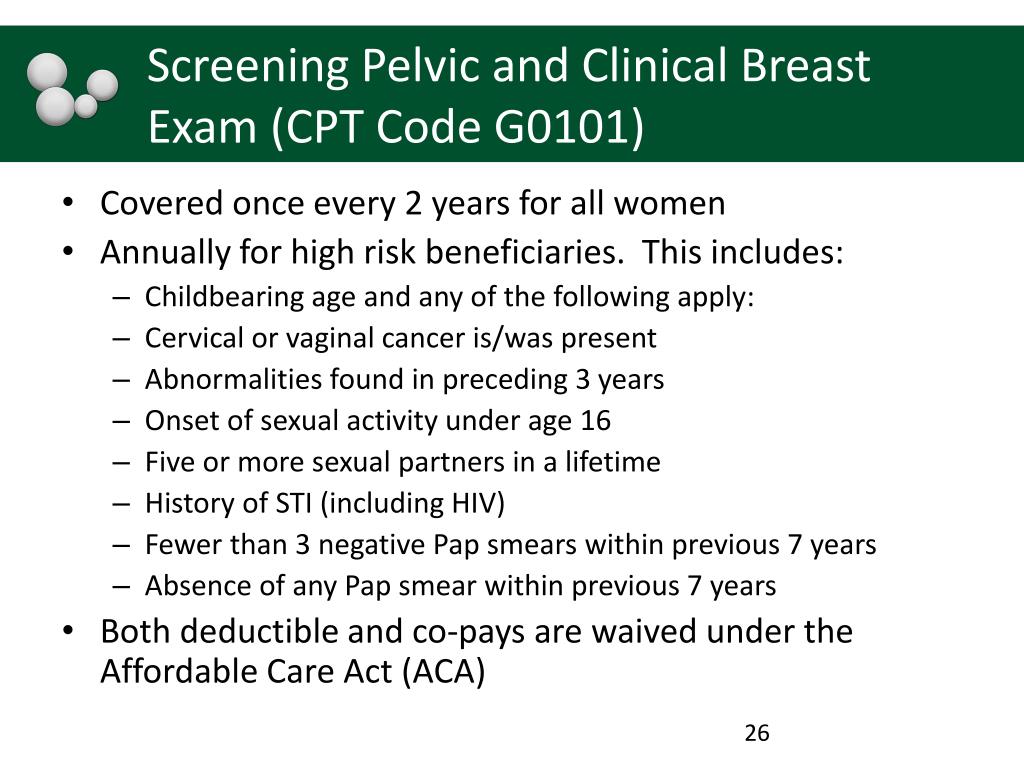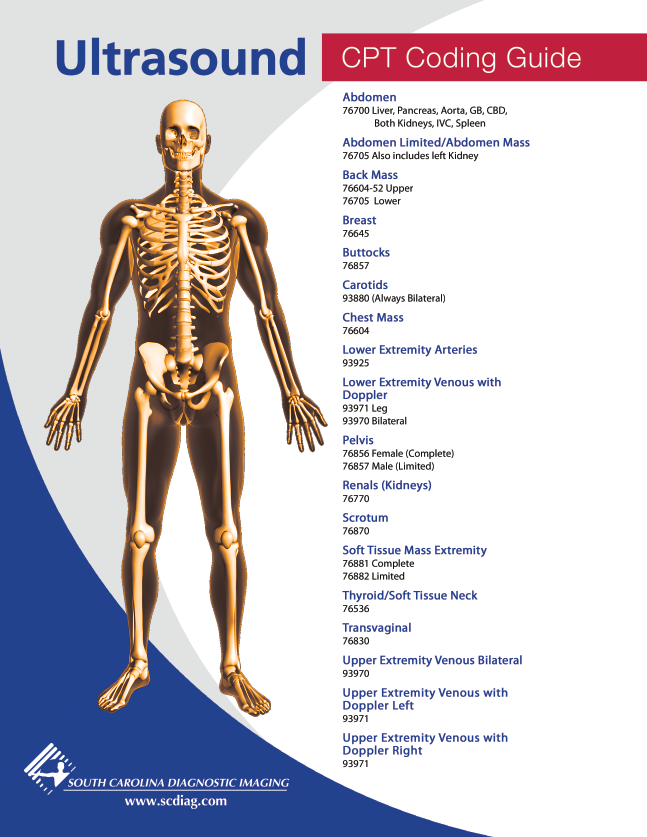Cpt Code For Diagnostic Breast Ultrasound
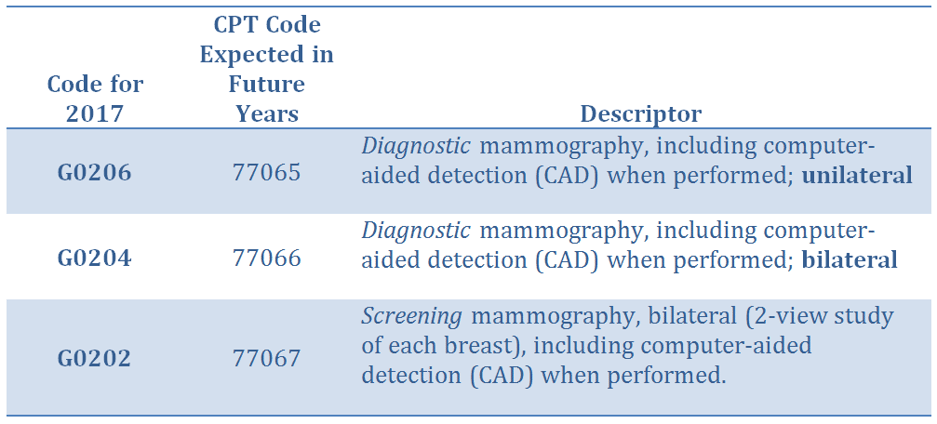
Imagine the soft glow of the ultrasound room, the gentle hum of the machine, and the focused attention of the technician as they glide the transducer across the skin. On the screen, grayscale images bloom, revealing the intricate landscape of breast tissue. This is a diagnostic breast ultrasound, a vital tool in women's healthcare, and at the heart of every procedure lies a specific code: the CPT code.
Understanding the CPT code for diagnostic breast ultrasound is crucial for healthcare providers, billers, and patients alike. This code dictates how the procedure is documented, billed, and reimbursed. Accuracy and proper usage of this code ensure fair compensation and contribute to the smooth functioning of the healthcare system, while also giving patients clarity on their healthcare costs.
The Significance of CPT Codes
CPT, or Current Procedural Terminology, codes are a standardized system developed and maintained by the American Medical Association (AMA). These codes provide a uniform language for describing medical, surgical, and diagnostic services. They are essential for accurate billing, data analysis, and quality measurement in healthcare.
Without standardized codes like CPT, processing claims would be chaotic and reimbursement rates would be inconsistent. This makes CPT codes the bedrock upon which modern medical billing is built.
Deciphering the Diagnostic Breast Ultrasound CPT Codes
Specifically, for diagnostic breast ultrasound, several CPT codes might apply, depending on the specifics of the examination. The primary code is usually 76645: Ultrasound, breast, unilateral, real time with image documentation. This is for one breast.
If the ultrasound is performed on both breasts, the code becomes 76645 with modifier 50 or report code 76646: Ultrasound, breast, bilateral, real time with image documentation.
The selection of the correct code is essential for accurate billing.
When Additional Codes Come into Play
Sometimes, a breast ultrasound isn't just a routine screening. It might be performed to investigate a specific lump or abnormality. In such cases, additional codes might be necessary.
For instance, if a fine needle aspiration or core biopsy is performed under ultrasound guidance, a separate code would be used for the biopsy procedure, along with the code for the ultrasound guidance. Code 10005: Fine needle aspiration biopsy, including ultrasound guidance; first lesion may apply.
It is important to ensure proper documentation to support the necessity of these additional procedures. Without proper documentation it can lead to claim denials.
Factors Influencing Code Selection
The choice of CPT code hinges on several factors. Whether the ultrasound is unilateral or bilateral is a primary determinant. The complexity of the examination and whether it is performed for screening or diagnostic purposes are important, too.
For a diagnostic ultrasound, the reason for the examination is crucial. If the ultrasound is to evaluate a palpable mass, or assess abnormalities seen on a mammogram, it's considered diagnostic.
Also if an intervention like a biopsy is performed it can influence code selection.
The Importance of Accurate Documentation
Accurate documentation is paramount when using CPT codes. The medical record must clearly describe the services provided, the findings of the ultrasound, and the medical necessity for the procedure.
This documentation serves as the basis for billing and reimbursement. It also provides crucial information for future medical care. Any discrepancies between the documentation and the billed code can lead to claim denials or even audits.
The radiologist's report should specifically mention whether the ultrasound was unilateral or bilateral, and detail any abnormalities observed.
Potential Coding Challenges and Solutions
Navigating CPT codes can be challenging. One common issue is differentiating between screening and diagnostic breast ultrasounds. Screening ultrasounds, typically performed on asymptomatic women with no known risk factors, often have different coding requirements and reimbursement rates.
Another challenge arises when multiple procedures are performed during the same encounter. For example, if a diagnostic ultrasound leads to a biopsy, both procedures must be accurately coded to ensure appropriate reimbursement.
Regular training and staying updated on coding guidelines are essential to avoid errors and ensure compliance.
Staying Updated on CPT Code Changes
CPT codes are updated annually by the AMA. These updates reflect changes in medical practice and technology. Healthcare providers and billers must stay informed about these changes to ensure accurate coding and billing.
The AMA publishes resources and training materials to help providers understand and implement the latest CPT code updates. Subscribing to industry newsletters and attending coding workshops are valuable ways to stay current.
Failure to use the most current CPT codes can result in claim denials and revenue loss.
The Patient Perspective: Transparency and Understanding
Understanding CPT codes isn't just for healthcare professionals. Patients, too, can benefit from understanding these codes. Knowing the CPT code for their diagnostic breast ultrasound can help them understand their insurance statements and question any discrepancies.
Transparency in healthcare billing is crucial for building trust between patients and providers. Open communication about CPT codes can empower patients to make informed decisions about their care.
Healthcare providers should be prepared to explain CPT codes to patients in clear, non-technical language.
Resources for Patients
Several resources are available to help patients understand CPT codes. The AMA offers publications and online resources explaining the basics of CPT coding. Many insurance companies also provide tools for patients to look up CPT codes and estimate their out-of-pocket costs.
Additionally, patient advocacy groups can provide guidance and support to patients navigating the complexities of healthcare billing.
Empowered patients are better equipped to advocate for their healthcare needs.
Looking Ahead: The Future of CPT Coding
The landscape of healthcare is constantly evolving, and CPT codes must adapt to keep pace. As new technologies and procedures emerge, the AMA continuously reviews and updates the CPT code system. The integration of artificial intelligence and machine learning in medical coding is an exciting prospect.
The ongoing development of more precise and comprehensive codes will improve accuracy and efficiency in healthcare billing. This ensures that healthcare providers are fairly compensated for their services and patients receive transparent and understandable bills. The future of medical billing is inextricably linked to the evolution of CPT codes.
Ultimately, the goal is to create a system that accurately reflects the value of medical services and promotes access to quality healthcare.
So, the next time you hear about a diagnostic breast ultrasound, remember the crucial role of the CPT code. It's more than just a number; it's a key element in the intricate system that keeps our healthcare system running smoothly, ensuring that women receive the vital care they need.


.jpg)
